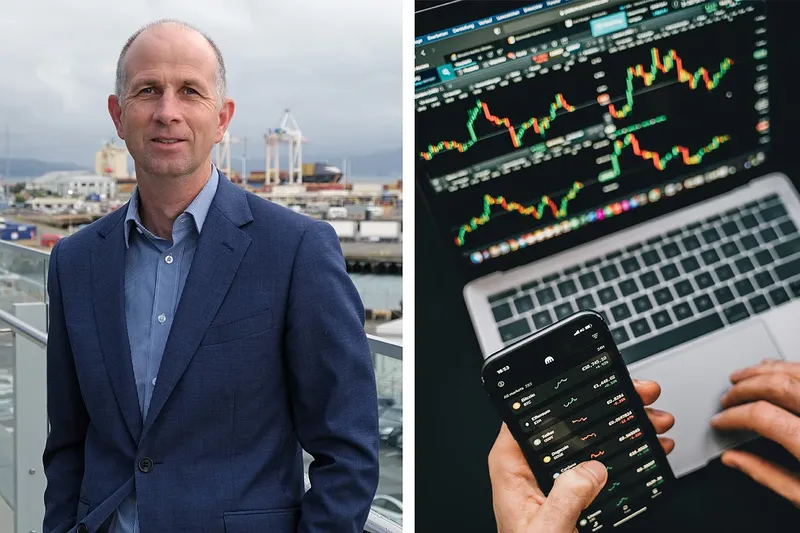Investing 101: The difference between active and passive investing
By MAS Team
By MAS Team
MAS Head of Investment Dan Mead helps demystify a common confusion in the investment space.

Generally, passive investing aims to replicate the performance of a particular benchmark like the S&P 500 Index (the Standard & Poor’s stock market index that tracks the 500 largest publicly traded companies in the US) or the S&P/NZX 50 Index (which tracks the 50 largest companies listed on the New Zealand Stock Exchange).
Active investing, on the other hand, seeks to outperform a particular benchmark by selecting investments that the active manager believes will deliver higher returns over time.
The main advantages of passive investing include its typically lower fees and broad diversification. These benefits are somewhat offset by the general inflexibility of passive investing, which cannot take advantage of price fluctuations to buy or sell assets. Passive investments are also typically purchased in proportion to their share of the market capitalisation of the underlying benchmark.
For example, if Fisher & Paykel Healthcare had a weighting of 15% in the S&P/NZX 50 Index, an investor would automatically invest $15 in this stock for every $100 they invested in the index. This approach means that companies are purchased with no consideration to their valuation or prospects.
By comparison, the primary benefits of active investing include its focus on outperforming the benchmark and its flexibility to adapt to changing market conditions. Active managers can take advantage of price fluctuations over time and analyse a range of investment factors beyond market capitalisation.
Because active strategies typically involve in-depth research to identify investments with attractive valuations and prospects, fees are generally higher than for passive strategies. In attempting to generate returns that exceed the benchmark, active managers can also underperform the benchmark. However, passive managers often underperform the benchmark as they target a benchmark return, minus the fees they charge.

While both passive and active management are valid ways to invest, MAS has chosen to be an active manager. We believe it is possible to outperform the market and deliver higher risk adjusted returns for our members, by selecting attractive investments using thorough valuation analysis.
Looking ahead, we expect more uncertainty with risks including high market valuations, strained government fiscal positions, and persistent geopolitical tensions. Active management gives us the flexibility to anticipate and respond to these risks to protect and grow our members’ wealth.
If you’re new to the world of investing, check out our article How to start investing: A beginner’s guide to growing your money, where we break down the basics and share tips to get started.
Medical Funds Management Limited is the manager and issuer of the MAS KiwiSaver Scheme, the MAS Retirement Savings Scheme and the MAS Investment Funds. A copy of the Product Disclosure Statement for each Scheme can be found at mas.co.nz/investments. This article provides general information and is not intended to provide financial advice.

New technology is changing the way we handle our finances but are we ready for this digital transformation?

The MAS KiwiSaver Plan and the MAS Retirement Savings Plan funds invest in Mainfreight, and we had a chat with Tom Phillips from investment manager JBWere, about why Mainfreight is such a good investment, and what the future holds for the company.

Let’s explore what Cash Funds are and how they compare to traditional savings options.